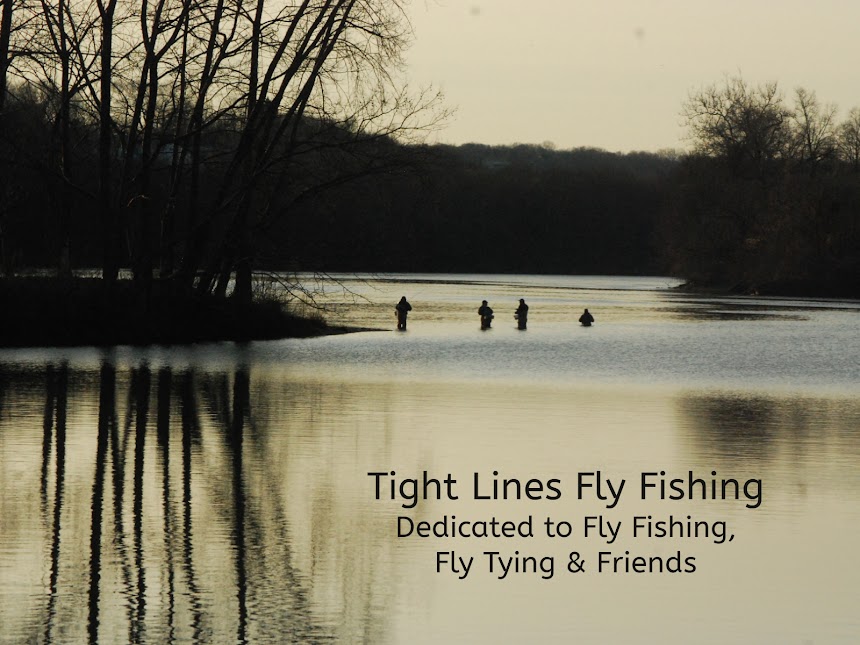Idaho Stank Nymph
Hook: Jig Hook, Size #14.
Bead: Black Slotted Tungsten Bead to match hook size.
Tail: Cuq De Leon Fibers.
Body: Pink Veevus Body Quill.
Red Hot Spots: Red or Pink Sharpie Magic Marker.
Fly Finish: UV Finish or Hard as Nails.
This is a fly from Fly Fish Food and one of my ‘magic’ flies. When it’s working, it’s going to land a lot of fish. It’s also an easy tie. You can tie up a lot of these fast. Try them in smaller sizes as the season wears on.
To tie this fly begin by placing your bead on the hook and
your hook in the vice. You are going to
tie this fly by placing your Pink Veevus Body Quill in a fly-tying bobbin. There is no thread involved with tying this
fly. Next, start your Body Quill behind
the bead and take securing wraps. You
want to create a dam behind your bead to seat it in place. Once you’ve accomplished this, unwrap your Quill
by rotating/spinning your bobbin. Do this a few times when you're tying this nymph. This
will prevent the material from breaking when tying. It's more delicate than thread. Now, bring your Body Quill to the mid point
of the hook shank. You are going to tie
in a few fibers of Cuq De Leon for your tail.
The tail should extend approximately a hook gap beyond the bend of the
hook.
Form a thin tapered body with your Body Quill. With a Red Sharpie Marker create a ‘hot spot’ at the rear of the fly. Once done continue to build the fly body to a slim tapered shape. Leave the Body Quill behind the bead. You are now going to create a second ‘hot spot’ behind the bead. Carefully color an inch or two of hanging Quill material with the Red Sharpie. Whip finish it behind the bead to create your hot spot’. After whip finishing cut off your Quill material. Finally, coat the body with UV Resin or Hard As Nails. My personal choice is to your Hard as Nails. Sometimes the UV Resin gets a little goopy and hard to manage on small flies.
Fly Fish Food has a great video on how to tie this fly below:
If you have any questions about this fly or would like to submit a Fly of The Month, I can be reached at pdinice@frontier.com .



